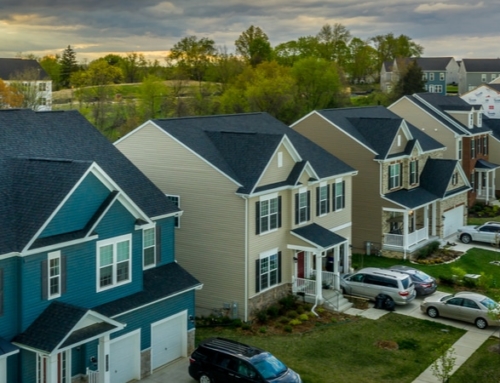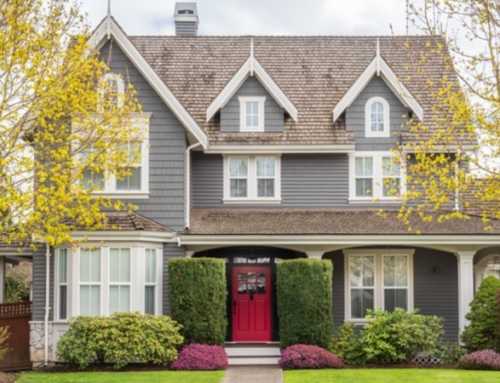Picture this: A 90-year old fixer-upper single family house in a beautiful, historic neighborhood on Chicago’s northwest side. The property was on the market last year for a bit over a million dollars, and now it’s listed at $875,000.
The owners want to sell and leave Chicago for work opportunities. Four prospective buyers have been circling the property for the last six months. No one has made an offer.
One of the prospective buyers invited me along to tour the property a few weeks ago and give her my opinion on whether the property is worth the money.
This was easily the buyer’s four or fifth time at the property. Both the buyer’s agent and seller’s agent were remarkably good humored about the request. She has come through on her own, with her husband, and with her architect.
I parked on a shady, tree-lined street a few doors down from the property. The neighborhood has come a long way in the past twenty years, with most of the large, wood-frame Victorians expanded and redone. Gardens have been professionally landscaped with elaborate decks and trellis overflowing with flowering vines.
Twenty years ago, a house could be bought here for less than $100,000. Today, renovated properties sell quickly for ten to twelve times that sum. The working class families who built these homes have given way to double-income Boomers with kids, many of whom attend private schools in the area.
The house has a basement, two full floors and an attic that has been built out. To some, the house might already look renovated. But the renovation was cursory, not particularly well-thought out and, in some cases, incomplete.
The basement was accessible only from a stairway hidden behind what looked to be a built-in cupboard in the first floor bathroom. The cupboard opened on hinges, and we walked downstairs into a low-ceilinged but seemingly dry basement. It reminded me of several prohibition-area houses I’ve toured that hid speakeasies and bars in the basement.
Aside from having a 6 1/2-foot ceiling, the basement had other problems. Another stairwell had been blocked off when the owners built a deck on the back. To make the basement usable, you’d have to dig out the floor, put in additional supports, move the mechanicals to one area and create a room for them that would keep the prospective buyer’s kids away. Then, you’d be able to create a finished basement space.
Like many Victorians of the era, the house has beautiful windows, polished wood floors, window trim and moldings, 11-foot ceilings and doorways with transoms that let light flow through the house. But the living room was tiny — the space filled entirely by the seller’s grand piano. You could maybe fit four smallish chairs in front of the non-working fireplace. The dining room was a bit bigger, but hosting family parties and holidays would be tight.
An addition created a medium-size family room with a tiny kitchen (redone poorly some years ago) to the right. That led out to a beautiful deck overlooking the backyard. The second floor had four small bedrooms, tiny closets and one bathroom. The third floor attic had been finished, but on a hot day, the air conditioning system seemed inadequate to cool the space.
In short, it was the kind of house where you could live there for a few years, but would ultimately need a complete gut-job in order to maximize the value of the neighborhood.
Like most sellers, the owner of the property feels her house is perfect and she should receive top dollar. She is frustrated by the four families that have been circling and has threatened to pull the house from the market unless someone makes an offer.
What is this house worth? I advise the buyer that from my quick inspection, I’d guess that the property easily needed $400,000 to $500,000 worth of work, a number similar to the one her architect gave her.
If she was able to buy the house for $800,000, and then had to sink $500,000 in cash into the property, she’d have $1.3 million into the house. That is just at the upper end of what other homes in the neighborhood are selling for — and this property is the third house in from a busy street. The homes selling for more money are located more in the middle of the neighborhood. You can’t hear the traffic while in the backyard.
You’d have to bet that the property, once renovated, would continue to appreciate substantially to make it worthwhile to live there and then move out to do the gut renovation.
If I were going through all that work, I’d want to find a property that would be worth more than break even when I’m done. Ideally, you’d want some additional profit for your trouble.
A few days later, the prospective buyer called to say that she and her husband had decided not to make an offer of the property.






Leave A Comment